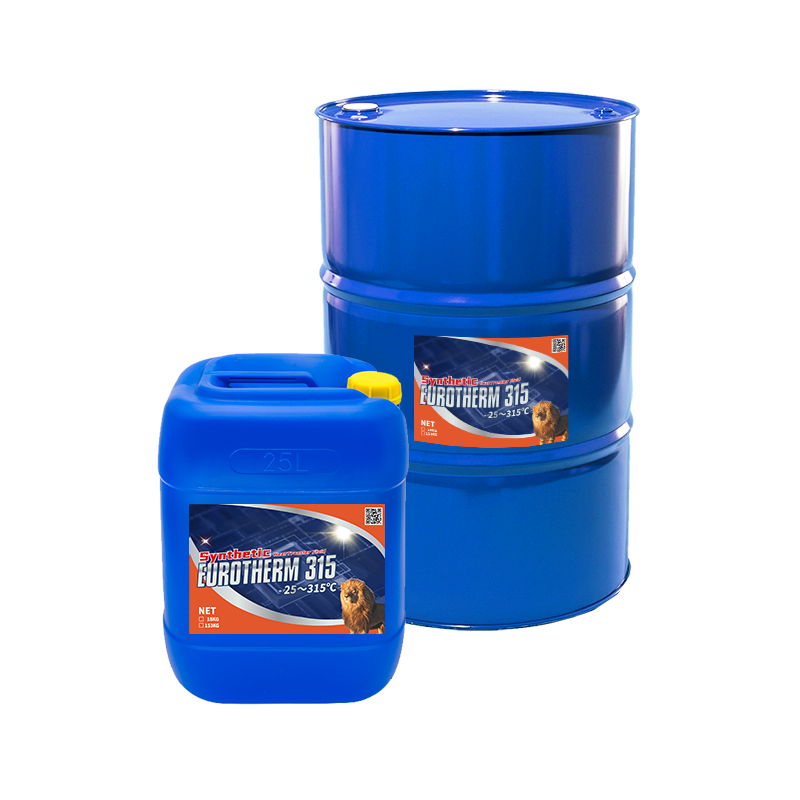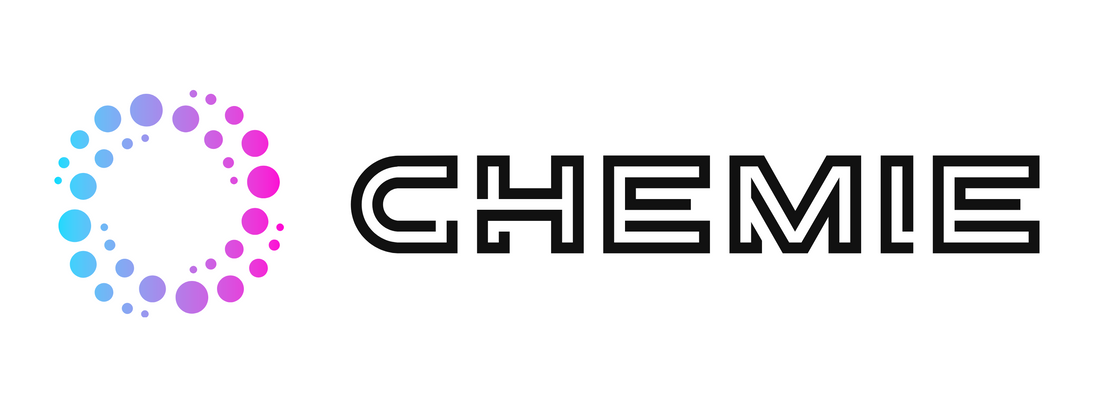The Ultimate Guide To Chemie
The Ultimate Guide To Chemie
Blog Article
Some Ideas on Chemie You Need To Know
Table of ContentsAll about ChemieLittle Known Facts About Chemie.Not known Factual Statements About Chemie Facts About Chemie UncoveredThe smart Trick of Chemie That Nobody is Talking AboutNot known Factual Statements About Chemie
By Bojanna Shantheyanda, Sreya Dutta, Kevin Coscia and David SchiemerDynalene, Inc. Fluid cooling, which can be achieved using indirect or straight ways, is used in electronic devices applications having thermal power densities that might go beyond safe dissipation through air cooling. Indirect liquid air conditioning is where warm dissipating digital elements are literally divided from the liquid coolant, whereas in situation of direct cooling, the parts are in direct contact with the coolant.In indirect air conditioning applications the electrical conductivity can be vital if there are leaks and/or spillage of the fluids onto the electronic devices. In the indirect cooling applications where water based fluids with corrosion preventions are normally made use of, the electric conductivity of the fluid coolant primarily depends on the ion concentration in the fluid stream.
The rise in the ion concentration in a closed loophole liquid stream may happen due to ion seeping from metals and nonmetal components that the coolant liquid is in contact with. Throughout procedure, the electric conductivity of the liquid may enhance to a level which could be hazardous for the air conditioning system.
An Unbiased View of Chemie
(https://writeablog.net/chemie999/dielectric-coolant-the-future-of-efficient-heat-transfer-fluids)They are grain like polymers that are capable of trading ions with ions in a remedy that it touches with. In today job, ion leaching examinations were performed with different steels and polymers in both ultrapure deionized (DI) water, i.e. water which is treated to the highest degree of pureness, and reduced electric conductive ethylene glycol/water blend, with the gauged change in conductivity reported with time.
The examples were permitted to equilibrate at area temperature for two days before recording the initial electrical conductivity. In all tests reported in this study liquid electrical conductivity was measured to a precision of 1% making use of an Oakton disadvantage 510/CON 6 series meter which was adjusted prior to each dimension.
Getting The Chemie To Work
from the wall heating coils to the facility of the furnace. The PTFE sample containers were put in the furnace when constant state temperature levels were gotten to. The test configuration was gotten rid of from the furnace every 168 hours (7 days), cooled down to room temperature with the electric conductivity of the liquid determined.
The electrical conductivity of the liquid example was checked for an overall of 5000 hours (208 days). Number 2. Schematic of the indirect closed loop cooling down experiment set up - silicone synthetic oil. Table 1. Elements used in the indirect shut loophole cooling down experiment that are in contact with the liquid coolant. A schematic of the speculative arrangement is received Number 2.

The Best Guide To Chemie
The modification in fluid electrical conductivity was monitored for 136 hours. The liquid from the system was accumulated and kept.

0.1 g of Dowex material was included to 100g of liquid examples that was absorbed a separate container. The mixture was mixed and alter in the electrical conductivity at area temperature was gauged every hour. The gauged change in the electrical conductivity of the UP-H2O and EG-LC test fluids having polymer or metal when engaged for 5,000 hours at 80C is shown Number 3.
The Single Strategy To Use For Chemie
Figure 3. Ion seeping experiment: Measured modification in electrical conductivity of water and EG-LC coolants containing either polymer or metal examples when submersed for 5,000 hours at 80C. The outcomes show that metals added fewer ions into the fluids than plastics in both UP-H2O and EG-LC based coolants. This could be due to a thin metal oxide layer which might act as a barrier to ion leaching and cationic diffusion.
Liquids including polypropylene and HDPE showed the most affordable electrical conductivity adjustments. This might be due to the brief, stiff, linear chains which are much less likely to add ions than longer branched chains with weaker intermolecular forces. Silicone More hints likewise executed well in both examination liquids, as polysiloxanes are typically chemically inert as a result of the high bond power of the silicon-oxygen bond which would avoid destruction of the material into the liquid.
Chemie - Questions
It would be anticipated that PVC would certainly produce similar outcomes to those of PTFE and HDPE based on the similar chemical structures of the materials, nonetheless there may be various other contaminations existing in the PVC, such as plasticizers, that might affect the electrical conductivity of the fluid - inhibited antifreeze. In addition, chloride groups in PVC can likewise leach into the test liquid and can cause a boost in electrical conductivity
Polyurethane completely broke down right into the test liquid by the end of 5000 hour test. Before and after pictures of metal and polymer samples submersed for 5,000 hours at 80C in the ion leaching experiment.
Measured adjustment in the electrical conductivity of UP-H2O coolant as a feature of time with and without material cartridge in the shut indirect cooling loophole experiment. The determined change in electrical conductivity of the UP-H2O for 136 hours with and without ion exchange resin in the loophole is displayed in Figure 5.
Report this page